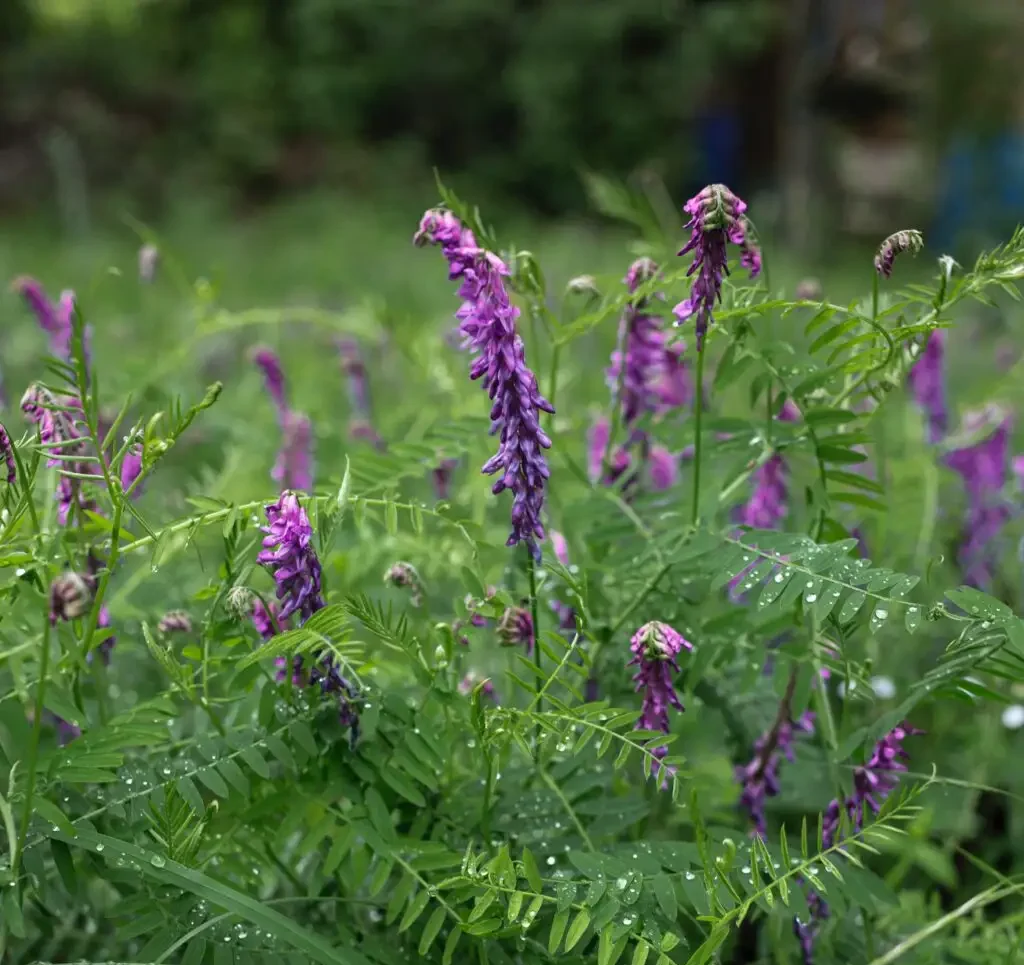Astragalus membranaceus
Latin Name: Astragalus membranaceus
Herb Class/Action: Immune Modulating Support, Spleen Qi Tonic, Wei Qi Tonic, Adaptogenic
Parts Used: Root
Flavors: Sweet
Energetics: Slightly warming
Traditional Benefits: Adrenal support, immune support, liver support
Nourishing, supportive, and warming — Astragalus Root is like a warm cup of soup for your body and soul. Indicated for someone who is feeling depleted, Astragalus is a tonic for our Spleen, Lung, and Wei Qi, providing supreme immune system and healthy energy support.*
Widely used in Traditional Chinese Medicine (TCM) remedies for centuries, Astragalus is a flowering plant with an impressive list of benefits. Most notably, the health benefits of this sweet and nourishing herb include supporting the adrenal glands, immune system, and lungs.
Let’s get into the specifics from a traditional lens. Astragalus helps support the immune system by strengthening the protective qi, or “Wei Qi” that surrounds the body like a barrier or boundary, keeping external “cold” and “invaders” at bay. By nourishing and protecting the Wei Qi and lung health, Astragalus helps to support the body in defending itself when a moment of weakness strikes. However, as a consolidating tonic, this herb directs energy inward and upward—which is great for defense (think of curling inward to protect your body from a physical threat) but not so great when actively faced with a need for offense.

Astragalus supports strong lungs, helps maintain healthy blood sugar levels already in normal range, and encourages the healthy production of normal red blood cells, white blood cells, and macrophages—the latter two being essential for immune health.
It’s got a few more-specific uses, too. Astragalus is also considered to be supportive to the liver, and in TCM, it’s said to tonify the “Spleen Qi,” which helps to support digestion, absorption, appetite, and the transformation of nutrients. Because of its blood flow supporting benefits, it may also help with healthy hair growth—though, that’s not necessarily one of its primary uses.*
In Chinese, Astragalus is known as “Yellow Leader”—which references the color of the inner root and represents the value of this herb in TCM.

